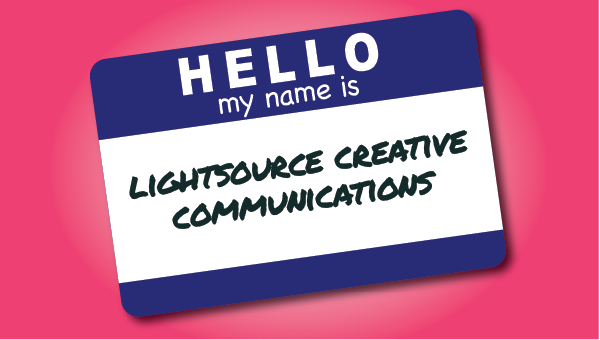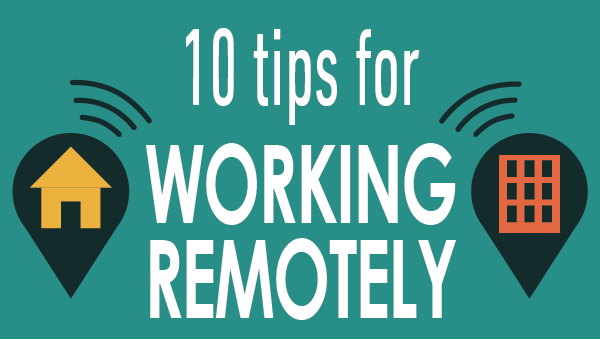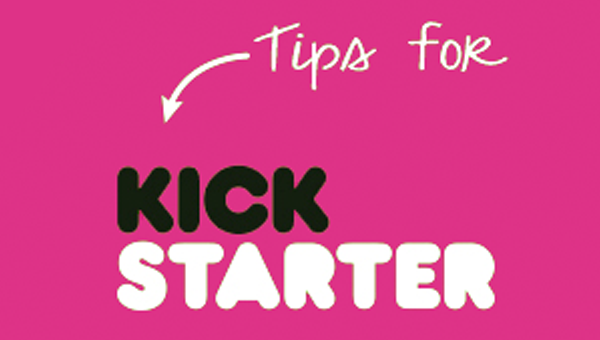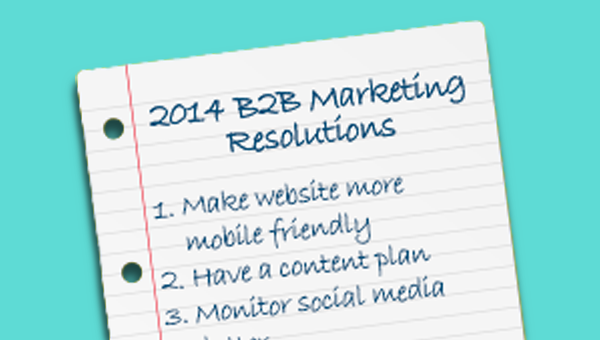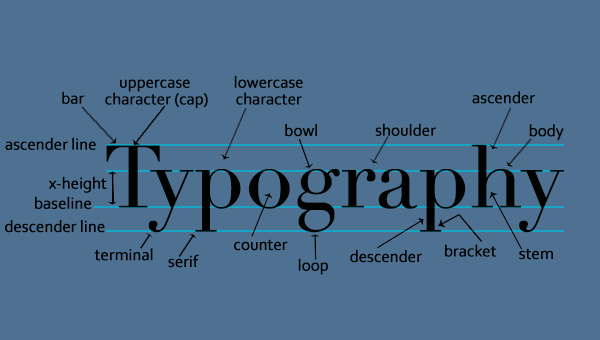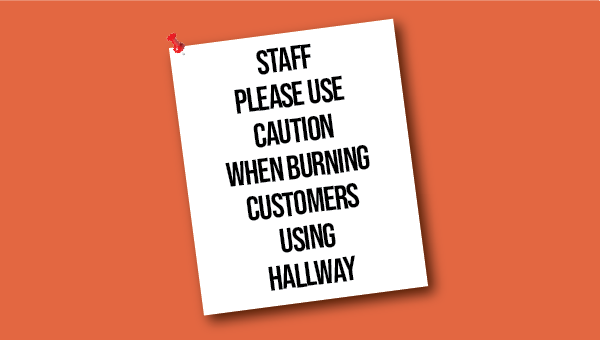
You may have watched videos of virtual reality (VR) gear or seen headsets in stores, but have you ever thought about how you could use VR in marketing? Although we live during the dawn of VR, related technology and capabilities are evolving every day. Virtual reality is projected to be a multibillion-dollar industry, and it’s only expected to grow as advancements are made. Companies from varying industries are already experimenting with VR marketing, and we want to show why you should too.
More than a video, it’s an experience
Virtual reality creates an opportunity to immerse viewers like never before. Scenes draw participants in as sights and sounds envelope them in experiences they could only dream of. A VR session could be as terrestrial as driving through the wintery mountains of Colorado, or as cosmic as piloting a spaceship among the stars.
You can craft unique VR experiences around different levels of participant activity. Basic VR equipment lets you bring customers along for a ride while more complex setups offer greater user control. Elaborate operations at tradeshows can even add elements like scents and wind effects for an experience customers won’t forget.
Pictures worth a thousand worlds
You can convey ideas with images, but what if you could do more? Our physical world has limitations, but virtual worlds can be anything we imagine. New products in any stage of development can be rendered and shared in ways traditional prototypes can’t. Abstract concepts like cloud computing, the Internet of Things, and network security can be explained through clever VR marketing. The right experience can take your customers into the inner workings of your products, business, and more.
By its nature, VR allows you to transport viewers to unreachable places and imprint them with your unique message. An immersive experience promotes understanding, excites the imagination, and can elicit emotion in new ways. You control the setting and write the story, and VR brings everything to life for participants to enjoy.
Power in the palm of your hand
Virtual reality marketing can make your customers true participants, instead of simply viewers. Traditional marketing campaigns encourage low-involvement decisions, and passive VR tours can certainly be useful here. However, putting a controller in users’ hands gives them agency to act within your virtual world, and can inspire them to act in the real world as well. If you give your customers the power to become involved with your message, it’s likely to stay with them long after they remove the headset.
Advanced VR gear allows users to interact with and explore environments with impressive precision. With the right production, direction, and guidance, customers will feel like more than mere targets of your campaign—they’ll feel like partners.
Enter a new world
The future will see more widespread use of virtual reality and augmented reality in everything from marketing to entertainment. Just as marketers discovered ways to harness technologies like television and the internet, we too want to see what can be accomplished with VR. Traditional techniques will remain for now, but bolstering your campaigns with a touch of VR could be just what you need to differentiate your business from the rest. With your imagination and VR, you’ll stand out when your customers jump in!

